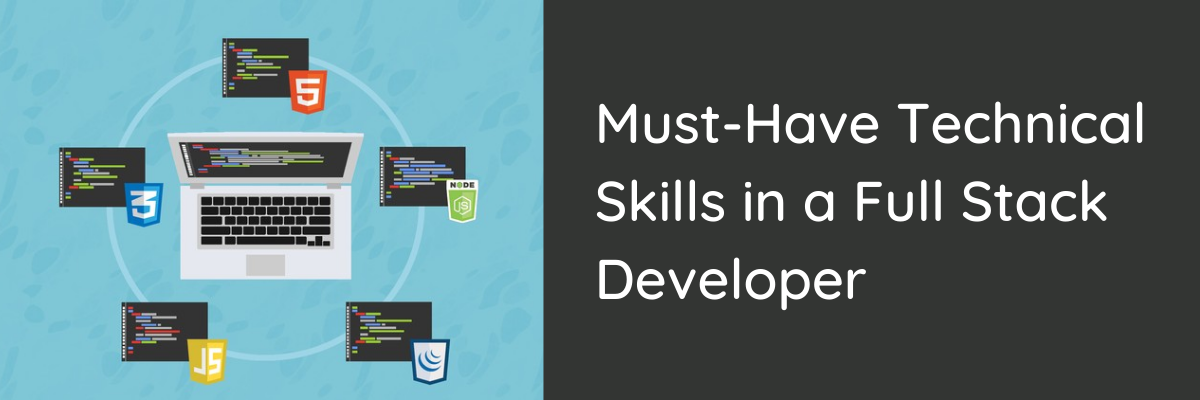
About Course
What is Full Stack Development?
Full Stack Development refers to the ability to develop both the frontend (client-side) and backend (server-side) of a web application. A Full Stack Developer is skilled in multiple technologies, including databases, APIs, server management, and UI/UX design.
Types of Full Stack Development Courses
There are different types of courses based on learning mode, duration, and expertise level:
.
-
Bootcamps – Intensive, short-term courses (3-6 months) from institutes like Coding Ninjas, Masai School, and Scaler Academy.
-
Degree Programs – B.Tech/B.E. in Computer Science or specialized diploma courses.
Core Technologies Covered in Full Stack Development
A Full Stack Developer must master the following technologies:
1. Frontend Development (Client-Side)
-
HTML, CSS, JavaScript – Basics of web structure and styling.
-
Frontend Frameworks – React.js, Angular, Vue.js.
-
Bootstrap, Tailwind CSS – Styling frameworks.
2. Backend Development (Server-Side)
-
Programming Languages – Node.js (JavaScript), Python (Django/Flask), PHP (Laravel), Ruby on Rails, Java (Spring Boot).
-
APIs & Authentication – REST APIs, GraphQL, OAuth, JWT.
3. Database Management
-
SQL Databases – MySQL, PostgreSQL.
-
NoSQL Databases – MongoDB, Firebase.
4. DevOps & Deployment
-
Version Control – Git, GitHub, GitLab.
-
Hosting & Cloud Platforms – AWS, Azure, Google Cloud, Netlify, Vercel, Firebase.
-
CI/CD & Containers – Docker, Kubernetes, Jenkins.

